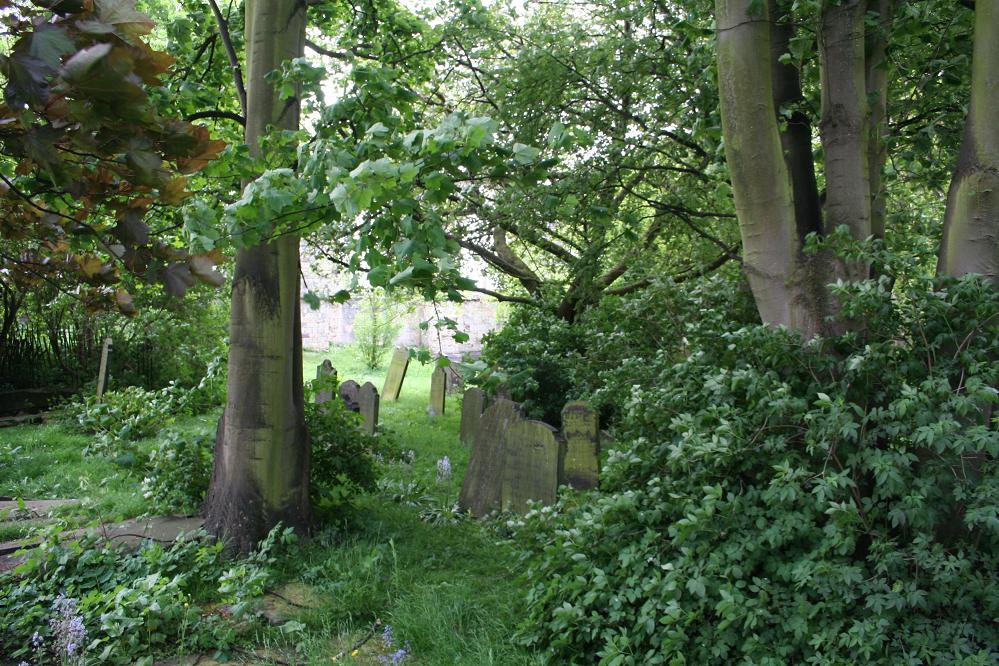Difference between revisions of "St. Olave Churchyard"
(Created page with ";York") |
|||
| (One intermediate revision by the same user not shown) | |||
| Line 1: | Line 1: | ||
;[[York]] | ;[[York]] | ||
| + | [[File:Cemetery St Olave Churchyard.jpg]] | ||
| + | <br> | ||
| + | <br> | ||
| + | Cemetery notes and/or description: | ||
| + | St Olave's (pronounced Olive) is an Anglican church in York, England. It is situated on Marygate by St Mary's Abbey. | ||
| + | |||
| + | The church is situated within St Mary's Abbey walls, which was ruined in the Dissolution of the Monasteries. It is dedicated to St Olaf, patron saint of Norway. The Anglo-Saxon Chronicle for 1055 records that ‘This year died Earl Siward at York; and his body lies in the minster at Galmanho, which he had himself ordered to be built and consecrated, in the name of God and St. Olave, to the honour of God and to all his saints.' | ||
| + | |||
| + | Galmanho is a former name for the area where the church stands and Siward, Earl of Northumbria, is believed to have had his York residence. This is the earliest date for a church dedication to St Olaf (Olav in Norwegian) anywhere. | ||
| + | |||
| + | The church was extensively rebuilt in the 15th century. Substantial repairs were carried out in the 1720s including the insertion of windows in the north aisle, the wall of which had earlier served as part of the abbey and later city defences. A new chancel was added in 1887-9 by George Fowler Jones, a York architect, and later extended in 1906. This contains the five-light 15th-century east window. Despite these changes the architectural style is broadly 15th century. | ||
Latest revision as of 20:07, 16 April 2015

Cemetery notes and/or description:
St Olave's (pronounced Olive) is an Anglican church in York, England. It is situated on Marygate by St Mary's Abbey.
The church is situated within St Mary's Abbey walls, which was ruined in the Dissolution of the Monasteries. It is dedicated to St Olaf, patron saint of Norway. The Anglo-Saxon Chronicle for 1055 records that ‘This year died Earl Siward at York; and his body lies in the minster at Galmanho, which he had himself ordered to be built and consecrated, in the name of God and St. Olave, to the honour of God and to all his saints.'
Galmanho is a former name for the area where the church stands and Siward, Earl of Northumbria, is believed to have had his York residence. This is the earliest date for a church dedication to St Olaf (Olav in Norwegian) anywhere.
The church was extensively rebuilt in the 15th century. Substantial repairs were carried out in the 1720s including the insertion of windows in the north aisle, the wall of which had earlier served as part of the abbey and later city defences. A new chancel was added in 1887-9 by George Fowler Jones, a York architect, and later extended in 1906. This contains the five-light 15th-century east window. Despite these changes the architectural style is broadly 15th century.